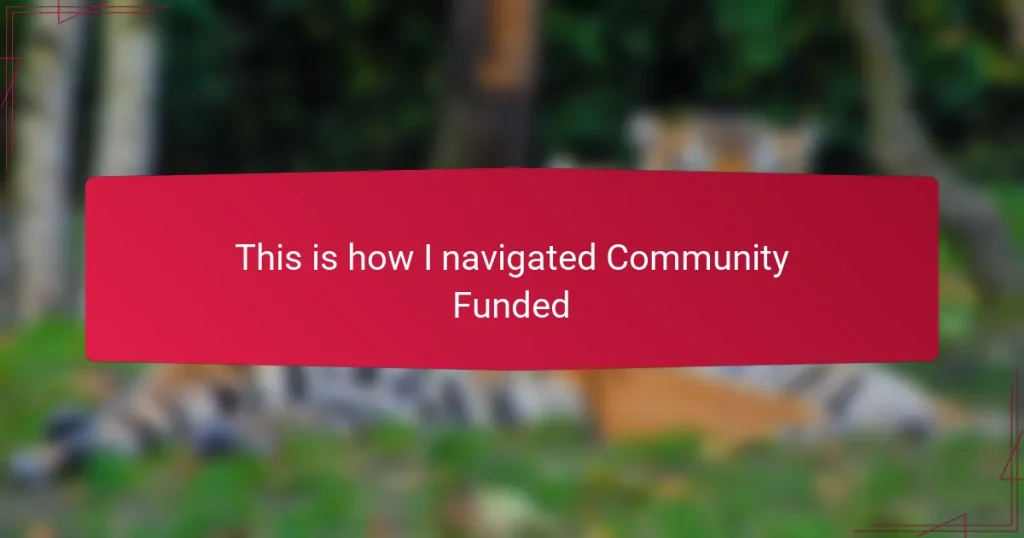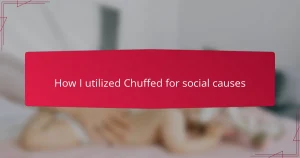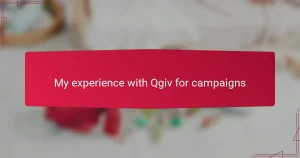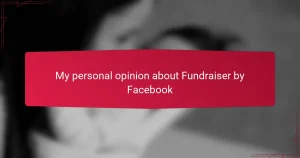Key takeaways
- Community Funded is a user-friendly platform tailored for families facing urgent needs, emphasizing community support and quick access to funds.
- Effective fundraising in San Diego can involve local events, partnerships with businesses, and leveraging social media to create meaningful connections.
- Setting clear goals and budgets is crucial for successful fundraising, helping maintain focus and transparency throughout the process.
- Engaging the community through personal storytelling and local interactions enhances support and fosters trust among donors.
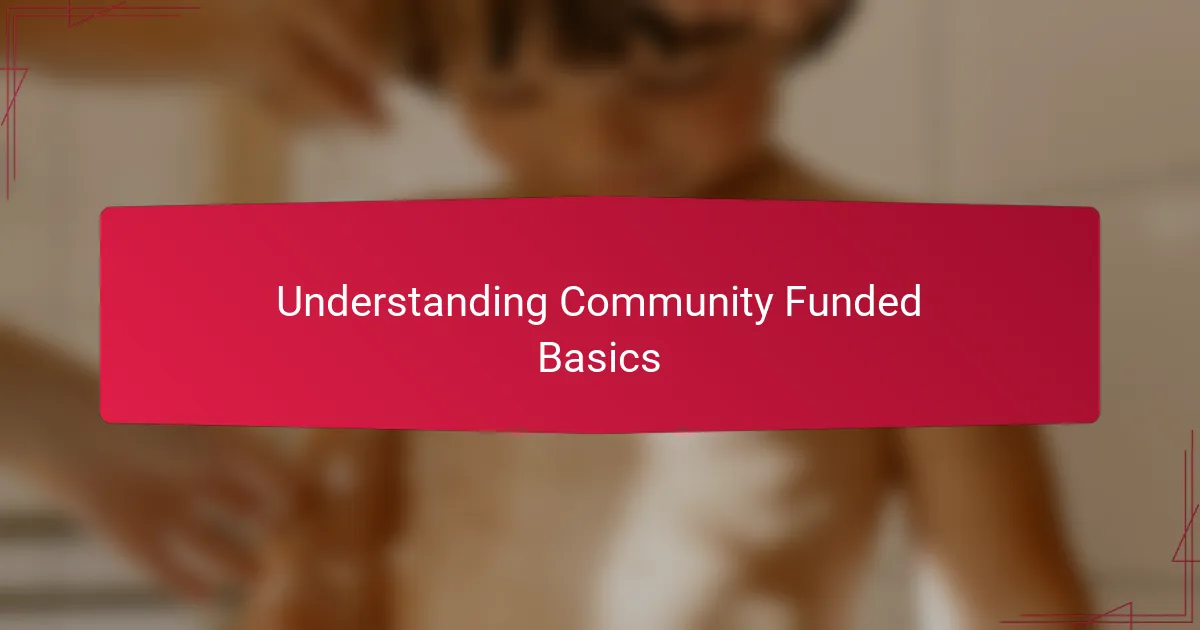
Understanding Community Funded Basics
Community Funded is an online fundraising platform designed specifically for families, especially those facing medical or emergency challenges. From my experience, its simplicity and focus on community support made it easier to rally friends and neighbors around our cause. What stood out to me was how quickly our story connected with people, turning strangers into helpers almost overnight.
| Aspect | Community Funded |
|---|---|
| Purpose | Family-focused fundraising for emergencies and medical needs |
| Ease of Use | User-friendly with simple setup and sharing tools |
| Community Feel | Strong emphasis on community support and storytelling |
| Fees | Typically low fees with transparent costs |
| Fund Access | Funds accessible quickly, crucial in urgent situations |

Exploring San Diego Fundraising Options
When I first started exploring fundraising options in San Diego, I quickly realized the community is incredibly resourceful and supportive. Local events and neighborhood networks often provide a more personal touch that larger platforms might miss, making fundraising feel less like a task and more like a shared journey.
From my experience, tapping into both traditional and community-funded approaches can maximize impact. Here’s a list of effective fundraising options I found valuable in San Diego:
- Hosting neighborhood garage sales or block parties to raise funds together
- Partnering with local businesses for sponsorships or donation drives
- Utilizing online community platforms focused on local causes
- Organizing bake sales or car washes at popular community spots
- Leveraging social media groups dedicated to San Diego neighborhoods
- Participating in charity runs or local fundraising events
- Reaching out to community centers or places of worship for support
- Applying for small grants aimed at family or school initiatives in the area
Each option provided a unique way to connect with people who genuinely want to help, which made the whole process more meaningful.
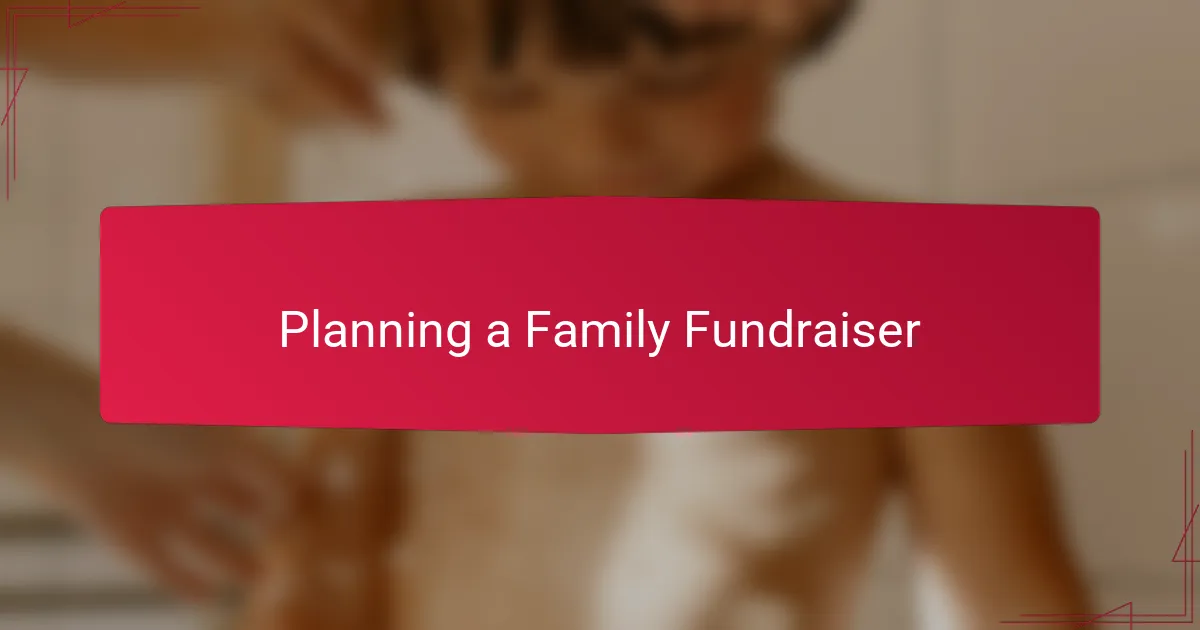
Planning a Family Fundraiser
Planning a family fundraiser starts with identifying what truly matters to your family and your community. I found that taking the time to write down clear goals helped me stay focused and made explaining our cause to others much easier. Have you ever noticed how a simple, heartfelt message can open doors and hearts?
Next, I think about the logistics—when and where will the fundraiser happen, who can help, and how we’ll spread the word. For me, involving family members in these decisions not only lightened the load but also created a deeper connection to the effort. There’s something powerful in feeling that everyone has a role, no matter how big or small.
Finally, I always consider the story behind the fundraiser. Sharing personal experiences and updating supporters along the way kept people engaged and motivated to contribute. It made me realize that fundraising isn’t just about collecting money; it’s about building a community that stands together through challenges. Wouldn’t you agree that connecting on that level makes all the difference?
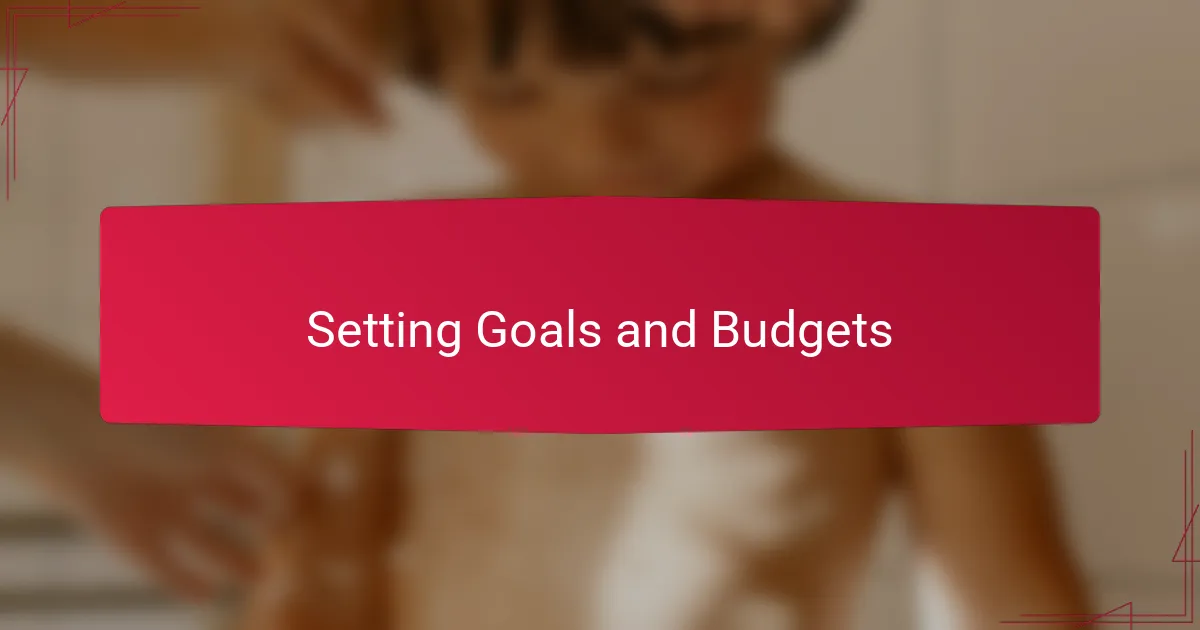
Setting Goals and Budgets
Setting clear goals and realistic budgets was a turning point for me in navigating community-funded family projects. Without defined targets, it’s easy to get overwhelmed or lose sight of what truly matters. I remember feeling uncertain at first, but breaking everything down into specific financial needs gave me a sense of control and purpose.
A detailed budget helped me communicate exactly why support was needed, which made my fundraising more transparent and trustworthy. Here are some key points I used to set effective goals and budgets:
- Identify the total amount needed and break it into smaller milestones
- Factor in all potential expenses, including unexpected costs
- Set a realistic timeline for reaching the goal
- Prioritize essential needs over wants to keep the budget focused
- Regularly review and adjust goals based on fundraising progress and feedback
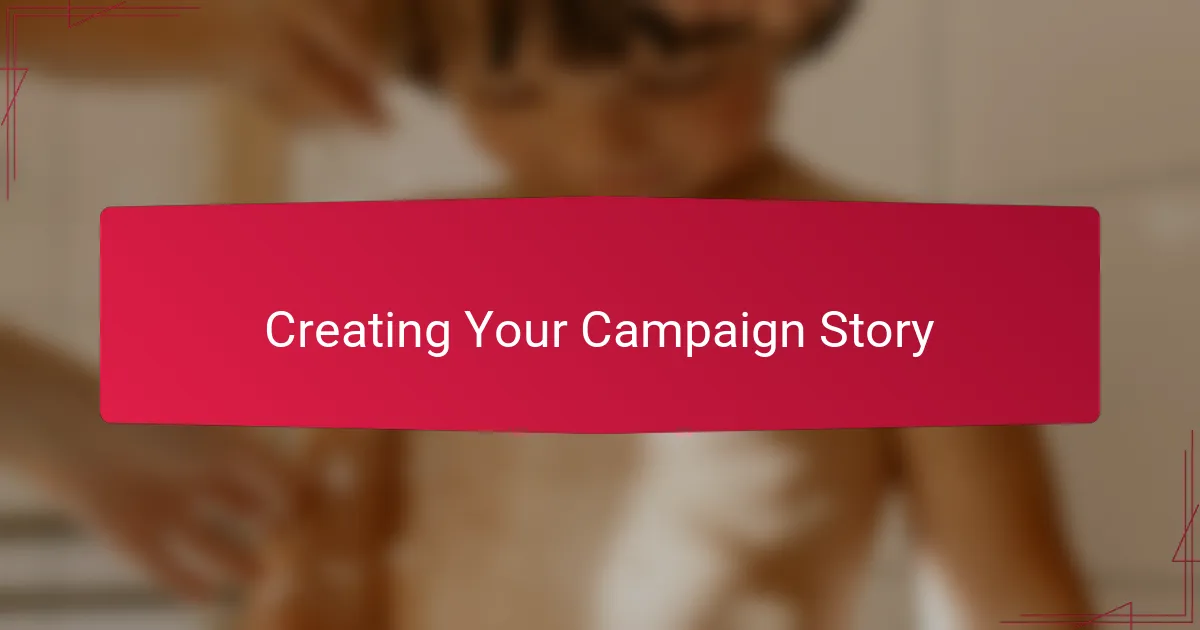
Creating Your Campaign Story
Crafting the story behind your campaign is where your journey truly begins. I found that sharing the real emotions and challenges our family faced made the story resonate deeply with our community. Instead of just stating facts, I painted a vivid picture of why this cause mattered personally, which helped people connect on a human level.
To create a compelling campaign story, I focused on these key elements:
- Be authentic and open about your motivations and struggles
- Highlight specific moments that brought urgency to the cause
- Use simple, relatable language to speak directly to supporters
- Include a clear explanation of how the funds will make a difference
- Add photos or videos to bring your story to life and build trust
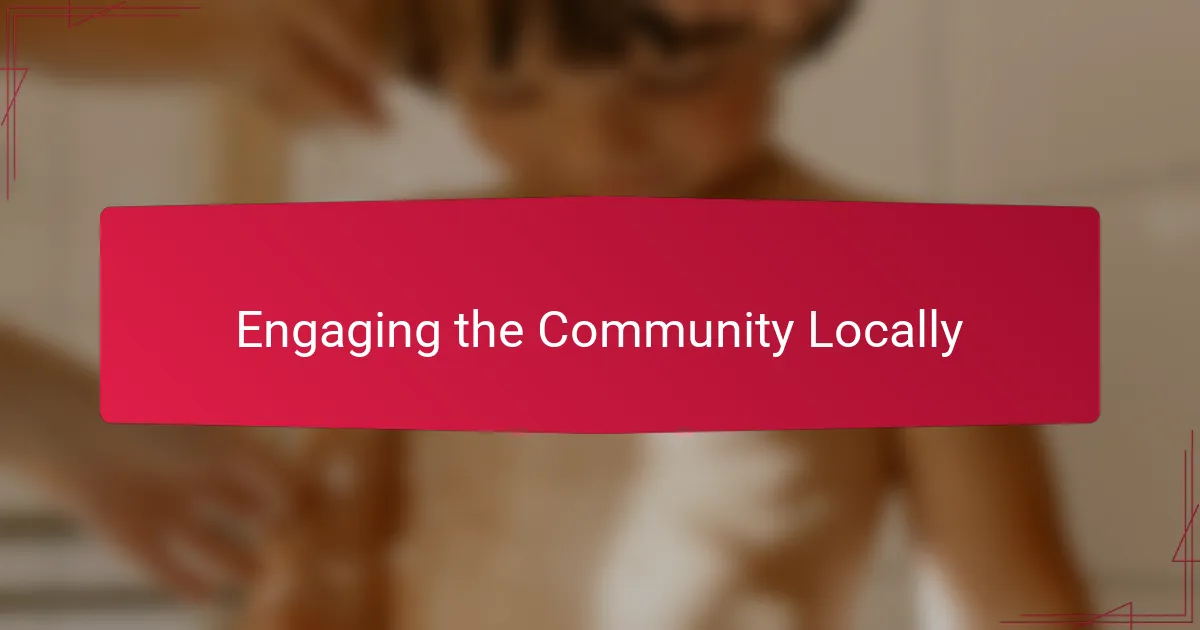
Engaging the Community Locally
Connecting with local neighbors felt like planting seeds in fertile soil. I remember walking around my neighborhood, sharing our story in person and noticing how people’s faces softened when they heard about our needs. Have you seen how heartfelt conversations can spark genuine support? That kind of connection goes beyond just asking for help—it builds trust and community.
Joining local events was another way I tapped into the San Diego spirit. At a nearby farmers market, I set up a small booth, and the friendly chatter turned into meaningful discussions about our family’s journey. People weren’t just donors; they became part of a larger circle of care. This taught me that showing up in shared spaces makes fundraising feel personal and deeply rewarding.
Social media groups specific to San Diego neighborhoods also played a key role. Posting updates and thanking everyone publicly created a ripple effect that inspired friends of friends to pitch in. Isn’t it amazing how one thoughtful post can mobilize an entire community? I found that consistency and transparency here were the keys to keeping local engagement alive.
